The newest political app for Election 2012? The status quo. Although we've seen dramatic changes in campaigns' use of technology since the first websites in 1996, the 2012 campaigns are focusing more on existing platforms. Those first websites were essentially tightly controlled carbon copies of campaign promotional materials: positions on the issues, how to donate, and how to get involved (offline). In 2000 both campaigns integrated dynamic features on their websites. In 2004 Howard Dean's supporters used Meetup.com to create an entirely new form of campaigning. In 2008 we saw Facebook, Twitter, and texting as the newest ways to communicate with voters.
But the growth, novelty, and innovation that have occurred every cycle appear to have slowed somewhat in 2012. This is evident from a report recently released by the Pew Research Center's Project for Excellence in Journalism. In some ways the candidates are using technology differently from 2008, but in many other ways they are quite similar.
What surprised me is that the Romney team lags behind the Obama team in overall digital activity. I figured, given McCain's low online profile compared with Obama's in 2008, that Romney would have created a more visible and active presence. But the report demonstrates that Romney still lags far behind Obama in nearly every measure, much like McCain did in '08. For example, the Obama website maintains a focus on targeted constituencies (like African Americans, women, and young Americans) much as he did in 2008, but the Romney site did not have any voter constituencies listed until July, and now it has only 10 compared with Obama's 18. Perhaps the biggest differences appear on Twitter, where the Obama campaign averaged 29 tweets a day during a two-week period in June, while the Romney camp averaged only one. But the fact that 16 percent of Obama's tweets were retweets suggests that this isn't necessarily a full immersion into Twitter's potential.
In 2008 the McCain and Obama teams differed much more dramatically in their use of technology. That Twitter was barely even on the playing field at the national level in 2008 (it was launched in 2006) made Obama's use of it all the more novel. McCain, on the other hand, famously admitted in a New York Times interview that he often had staff go online for him, and that he was working to become more computer-literate. So McCain's use of technology appeared that much less authentic, whereas Obama's appeared both authentic and savvy. Although there is no conclusive evidence that technology won Obama the 2008 election, many scholars certainly agree that it played some role, particularly for certain segments of the population like young people. Indeed, as Pew reported shortly after Election Day 2008, 66 percent of young voters supported Obama, making the gap between youth and other voters larger than in any presidential election since 1972.
This is why in 2012 I expected to see technological novelty and authenticity as the primary strategy from the campaigns. So it's somewhat surprising that their use of technology isn't exactly pushing the envelope. Obama is definitely continuing on his path of demonstrating technological savvy, with videos and apps, and with Facebook and Twitter. And 42 percent of Obama's blog posts originated from citizens. Many of the others were written by staff but included quotes from citizens. This does demonstrate an increase in citizen interactivity on these sites, yet the dialogue still exists in a controlled environment.
In addition to citizen interactivity on Obama's blog, there have been at least two innovations that are unprecedented and have come to us via the newest technology developed since 2008: the app. Mitt Romney released "Mitt's VP" so supporters could be the first to know his pick for vice president. The app, like Obama's, can also collect data about users to further the trend toward microtargeting messages to voters. But the Obama campaign not only has an app for supporters, with the usual information about issues and events, but also one for campaign organizers. The "Canvass" section of the "Obama for America" app provides information about voters in specific neighborhoods, and those voter responses are then sent to campaign headquarters. This could indeed transform the business of field organizing, making it more streamlined and effective.
But even these innovations are still tightly controlled and are not so much about allowing a robust dialogue among voters as about collecting data about them. Will presidential candidates ever fully embrace technology that allows citizens to voice their opinions about the campaigns? Or is it simply too much of a risk? The trends we see in the 2012 campaign so far suggest the latter. The campaigns' need for control still trumps the need to be tech-savvy in a world where one outrageous comment from a voter on a candidate's Facebook page can quickly become fodder for cable news. I believe we can expect to see some additional innovations from the campaigns between now and Election Day, but I don't count on them fully embracing the interactive potential of the Internet as a virtual public sphere for citizen dialogue.
